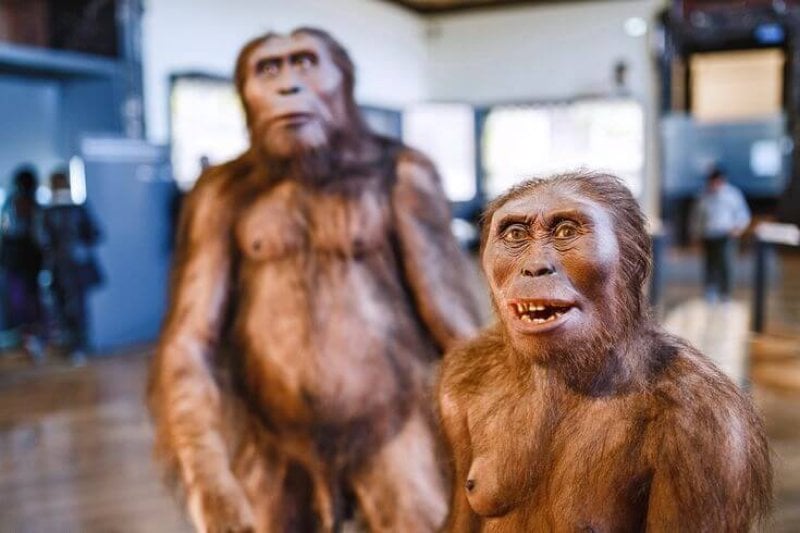One definition of a species is: “Groups of interbreeding natural populations that are reproductively isolated from other such groups,” according to Encyclopedia Britannica.
However, that definition may not apply for Homo species, as recent research describes evidence of interbreeding between Neanderthals, H. sapiens and H. denisovans (a hominin species discovered in Denisova Cave in Russia).
For example, a 2018 paper published in the journal Nature reported evidence of multiple episodes of interbreeding between Neanderthals and H. sapiens. Another 2018 paper, also in Nature, described evidence of an ancient human hybrid, who had both Neanderthal and Denisovan DNA.
This has led some scholars to argue that many Homo species, including ours, should be lumped together, [human evolution expert Chris] Stringer said. In this paradigm, modern humans are H. sapiens sapiens, while Neanderthals are H. sapiens neanderthalensis and Denisovans are H. sapiens denisovans.
Stringer, however, maintains that humans and Neanderthals are separate species because their bone structure is different. “If Neanderthals and H. sapiens remained separate long enough to evolve such distinctive skull shapes, pelvises, and ear bones, they can be regarded as different species, interbreeding or not,” he wrote in an article for the The Natural History Museum in London.































